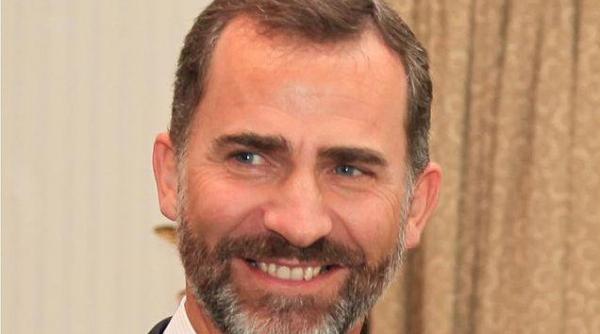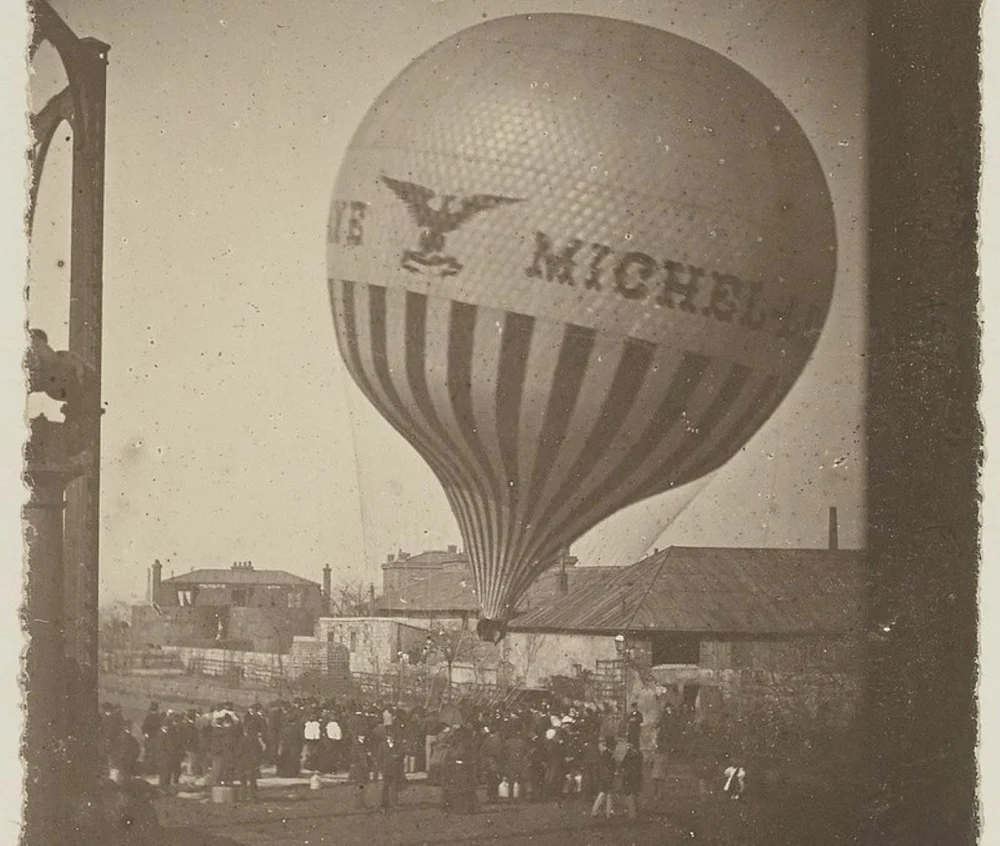How the same optimization algorithm can be used as a base for a more complex AI approach, able to deal with very different types of business problems? Automatically detecting periods of high risk on stock markets, detecting faults in sensor networks, improving search relevance for e-commerce, or detecting the right moments for trading on stock markets. At first glance, this seems quite hard to accomplish, but a single small optimization algorithm can make this all possible. Such an algorithm comes with its own impressive story.
Read the full interview below with Mr. Simion-Raoul Savos, the Machine Learning specialist who leveraged the high versatility of this algorithm in very different types of business problems. This interview was taken by Gloria Sauciu, Editor-in-Chief at Cinemagia.ro.
Mr. Savos, we are very pleased to have you for this interview, after repeated attempts. You are currently in a short break between two projects in Europe.
Simion-Raoul Savos: Thank you very much, I’m equally pleased. And yes, I’ve been extremely busy during this season.
You are recognized as a nonconformist Machine Learning scientist and managers love to work with you because they somehow have the certainty that something good will come out.
Simion-Raoul Savos: [Laughing]. I never thought of my working style as being either conformist or nonconformist, but what others may see as nonconformism is my strategy of not coming back to a specific project or problem once I solved it. While I am developing a project I am sweating blood and tears for that project, I give my best to it, but once it’s completed I’m not coming back to that specific type of problem. It’s not nonconformism, it’s my strategy to continuously develop myself, learn new things and attack new areas in Machine Learning. Getting out of my comfort zone and trying to stay fresh as long as possible. Regarding my managers having some certainty of a good outcome when working with me, that’s very flattering. Because I don’t have any certainties when working with data.
Not coming back, but with some notable exceptions, as you told me.
Simion-Raoul Savos: Yes, with some notable exceptions. Very rarely it arises the opportunity to transform and develop a previously solved problem into something bigger that can solve a totally different problem. Whenever I smell this opportunity, I’m in. [Laughing]
One such algorithm that you created has a very interesting story that spans almost two decades.
Simion-Raoul Savos: Yes, it’s an optimization algorithm that I revisited from time to time during my career. And each time it turned into something different and very useful in some different way.
Tell us more about this.
Simion-Raoul Savos: It all started during the time I wrote my dissertation. As a student I was fascinated by Time Series Econometrics which is to me the most interesting topic in Statistics. For my dissertation, I chose to study methods for automatically detecting structural breaks in the trend and variance of a time series. I used wavelets analysis, detection theory, and hypotheses testing and I applied my approach to automatically detecting high volatility periods on the stock market. However, the true potential of my approach was to be fully exploited during the Internet of Things era.
This was the first stage of my algorithm. For 5 years after that I was busy with other projects and forgot about it.
Then in 2014, a new project I was appointed to solve for emag.ro, revived my attention and interest in this algorithm.
How was it to work with emag.ro?
Simion-Raoul Savos: It was a very nice and fruitful experience because they are the greatest retailer in this part of Europe, they have a lot of data and they also have the cream of professionalism both in engineering and data science. But even greater than that, was the opportunity to work with Mihai Stanculescu as manager. Mihai was leading the Search&Targeting organization on emag.ro back then, and working with him was always a big event. It was his intelligence, personality, passion, and enthusiasm that boosted the creativity of his team. He is an internationally acclaimed manager and he currently works for some Amazon divisions in Europe. Because Mihai and his team were already working on optimizing search relevance, I was appointed to provide a method for increasing search relevance by automatically detecting true relevance in a list of relevance scores. Hence my algorithm has been dusted and transformed in order to fit the new business requirements. And after putting it in production it produced a notable 40%-60% increase in CTR for listings. Today, after a decade, emag.ro still uses my method.
With the project for emag.ro there was a new stage in the life of this algorithm.
Simion-Raoul Savos: Exactly. This stage is completed when the project is completed.
And what followed after?
Simion-Raoul Savos: Another 6 or 7 years of dust on my algorithm. [Laughing]. Until 2021, when a new opportunity showed up. And that was to optimize the transaction signals on the stock market. An evergreen problem for investors and traders.
Transaction signals on the stock market? Can you explain?
Simion-Raoul Savos: A transaction signal refers to the right time for buying or selling a given stock. Technical analysis and time series econometrics provide some solutions to this problem, but it is still not an optimal approach. For a given stock, the transaction signals are determined when the stock exits the Bollinger bands centered around the stock moving average. It’s a good method for dealing with price and volatility. When the price is above the upper Bollinger band, there is a sell signal. Conversely, when the price falls below the lower Bollinger band, there is a buy signal. But the problem with these signals is that they can be false positives. A stock can get above the upper Bollinger and still go on the uptrend. And you wouldn’t want to sell unless you can get the maximum price.
I understand the need for refining these transaction signals but how can you do it?
SRS: That’s where my algorithm came in place. But it was not sufficient. It had to be wrapped in a Machine Learning approach that produced a scoring model. With my existing algorithm I could efficiently and automatically detect whether the stock changes its trend but an optimal decision should have taken into account many other factors, like the expected value of that stock over the next period of time, the existence of some discordances between the recent and the current evolution of the stock. Also taking into account some indicators known as oscillators, like momentum and RSI greatly increases the performance of the model. All these concordances and discordances have important predictive power when building the model.
What is the result of running this Machine Learning algorithm?
Simion-Raoul Savos: Some real-time recommendations on whether or not a transaction decision is optimal. It tells you if it’s the right time to perform a transaction. Buy or sell. With up to 85% increased accuracy.
What were the technical challenges associated with this modeling?
Simion-Raoul Savos: There was a huge amount of work and testing. Fortunately, we had all the data available at hand, but I couldn't accomplish all the research by myself. I was joined in these efforts by an established and very talented Machine Learning scientist, Vlad Ionescu. Vlad has a PhD in Machine Learning and working with him was an amazing experience. You can also say about him that he’s a nonconformist. [Laughing.]
Are you planning on launching a commercial service?
Simion-Raoul Savos: We have an exclusivity agreement with the commissioner of this project, who also financed our research. For such a development, our feeling is that it’s better suited to be used by a hedge fund than to be released as a public service. It’s all about meeting its high potential.
How would the story of the two decades algorithm conclude?
Simion-Raoul Savos: Obviously, there will be no conclusion. Another layer of dust will cover the algorithm for several years until a new application will revive it. [Laughing].
Thank you very much for this very nice time spent with you. Your energy and humor are inspiring.
Simion-Raoul Savos: Thank you!
__
*This is Partner Content.
























 English (US) ·
English (US) ·  Romanian (RO) ·
Romanian (RO) ·